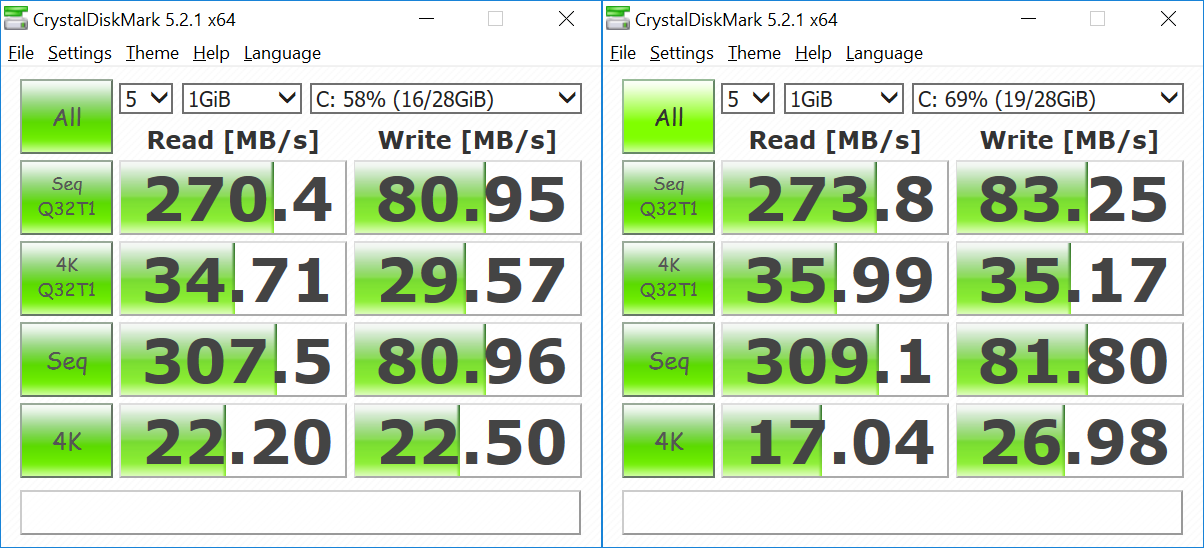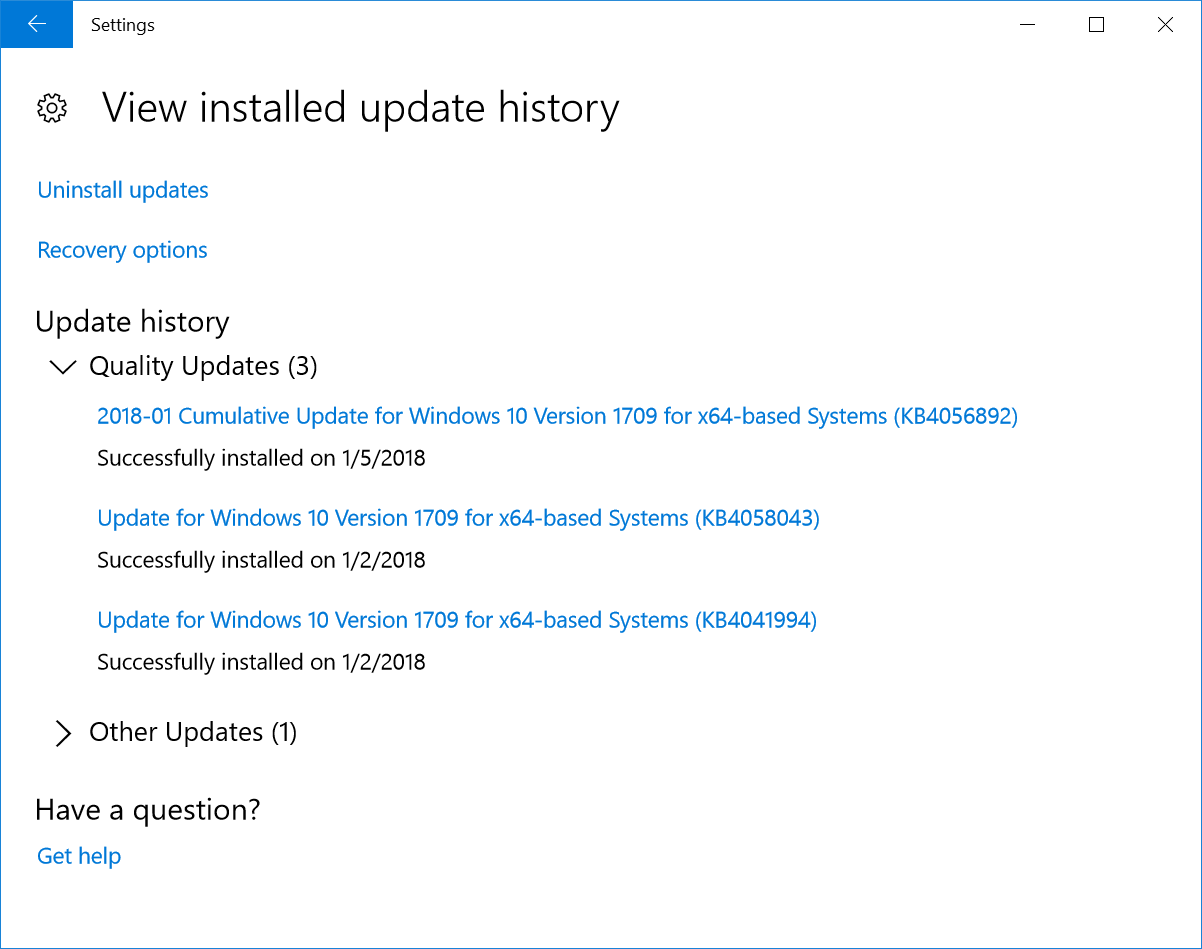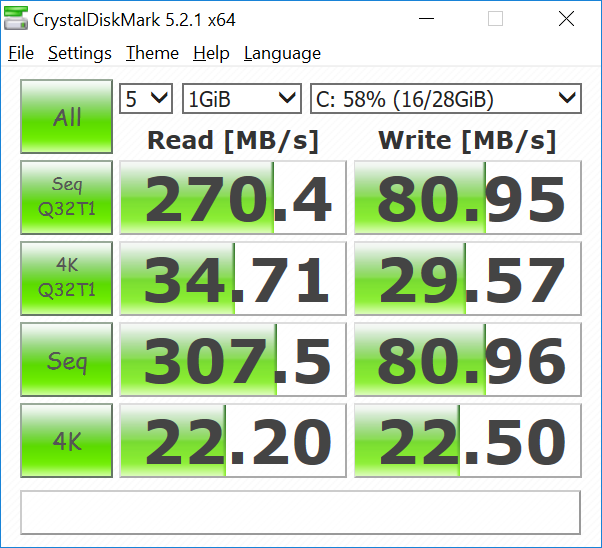So this week, there’s been a fair amount of news about Meltdown & Spectre exploits, which affects all major processor vendors one way or another, but especially Intel, and whose mitigations require operating systems and in some case microcode updates that decrease performance for some specific tasks.
Microsoft has now pushed an update for Windows 10, and since I’m reviewing MINIX NEO N42C-4 mini PC powered by an Intel Pentium N4200 “Apollo Lake” processor, and just happened to run benchmarks before the update, so I decided to run some of the benchmarks again to see if there was any significant difference before and after the security update.
First I had to verify I had indeed received the update in the “installed update history”, and Windows 10 Pro was updated on January 5th with KB4056892, which is what we want, so let’s go ahead.
Benchmarks before Update
PCMark 10 is one of my favorite benchmark since it relies on typical program that many people would use on their desktop computer.

Let’s through 3DMark Sky Diver to get some 3D graphics performance.

Finally, I’ve run CrystalDiskMark to test I/O performance of the internal eMMC flash.
Benchmarks after Update
Let’s see if there are any significant differences, bearing in mind there’s always some variation for each benchmark run.

Right the score is lower, but it’s really insignificant, and represents at 0.63% decrease in performance, which should likely have nothing to do with the update. So no difference before and after update here.

Same story for 3DMark Sky Diver 1.0, basically the same score as before the update. Link to 3DMark result.

There’s normally a lot more variation for I/O benchmarks like CrystalDiskMark, so results are a bit more difficult to analyze, and have both screenshot side-by-side. We can safely say there’s no difference for sequential read/write (Seq Q32T1 & Seq), and I even got slightly better numbers after the updates. Random I/O look fairly good after the update, except for “4K Read” test. I repeated it several times, and always got 14 to 17 MB/s after the update (23 to 37% slower), while the “4K write” was always higher. This should not matter to most use cases.
At this stage, I was expecting to draw a table showing a 5% difference after the update, but I won’t, because there’s no clear performance hit after the update, despite Apollo Lake architecture being impacted by Meltdown and Spectre. Maybe some other database specific tests would have shown a difference, or the security fixes may mostly impact the performance of higher-end processors.

Jean-Luc started CNX Software in 2010 as a part-time endeavor, before quitting his job as a software engineering manager, and starting to write daily news, and reviews full time later in 2011.
Support CNX Software! Donate via cryptocurrencies, become a Patron on Patreon, or purchase goods on Amazon or Aliexpress






